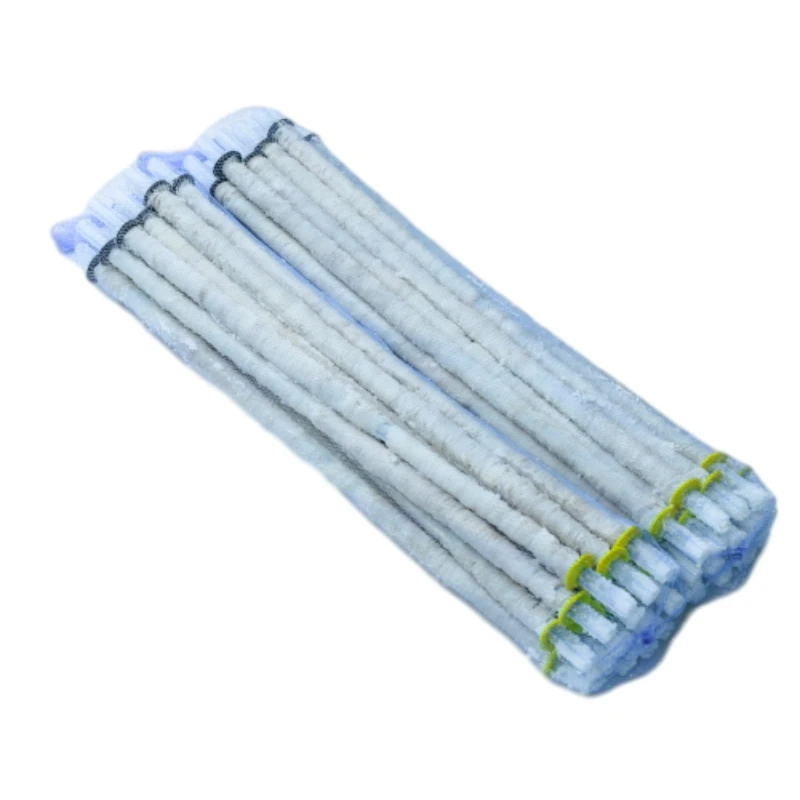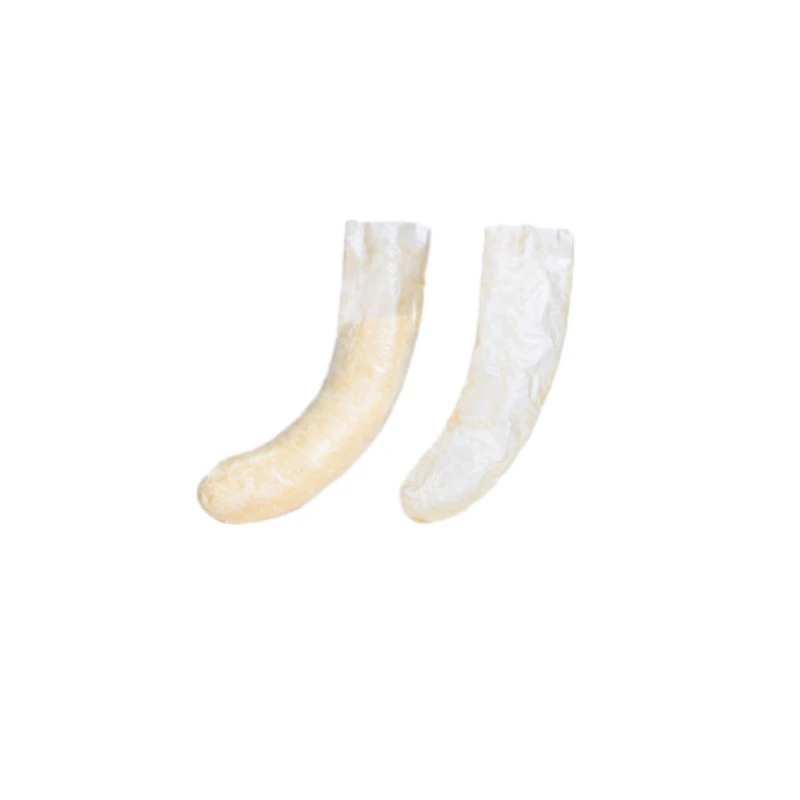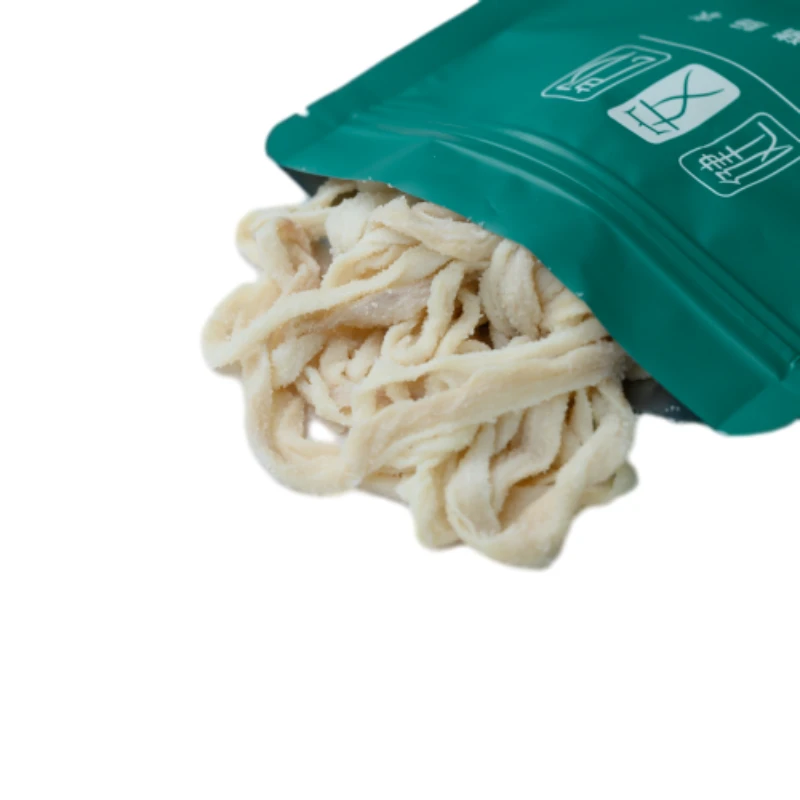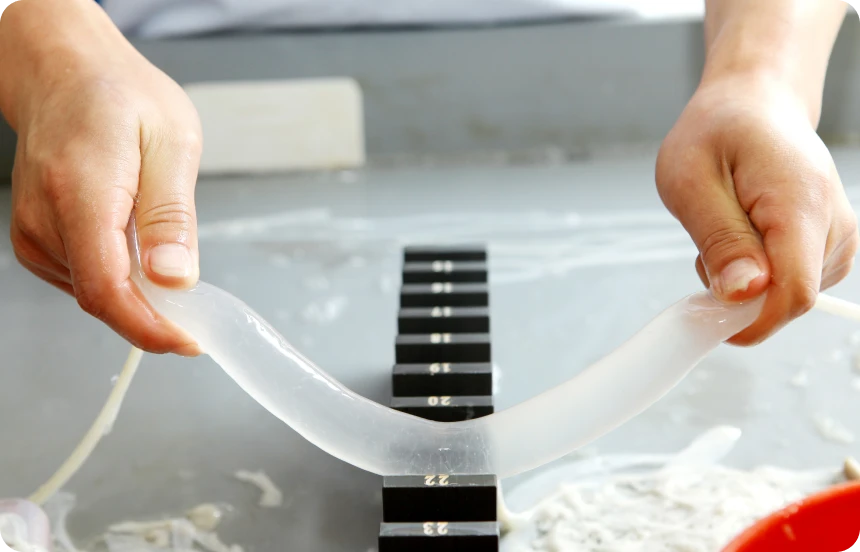Jul . 06, 2025 07:53
- Introduction to small sausage casing
- Material types and technical advantages
- Industry data and market trends
- Manufacturer comparison with a technical and quality focus
- Customized solutions for small sausage casings
- Application cases in different segments
- Final thoughts on choosing the right small sausage casing
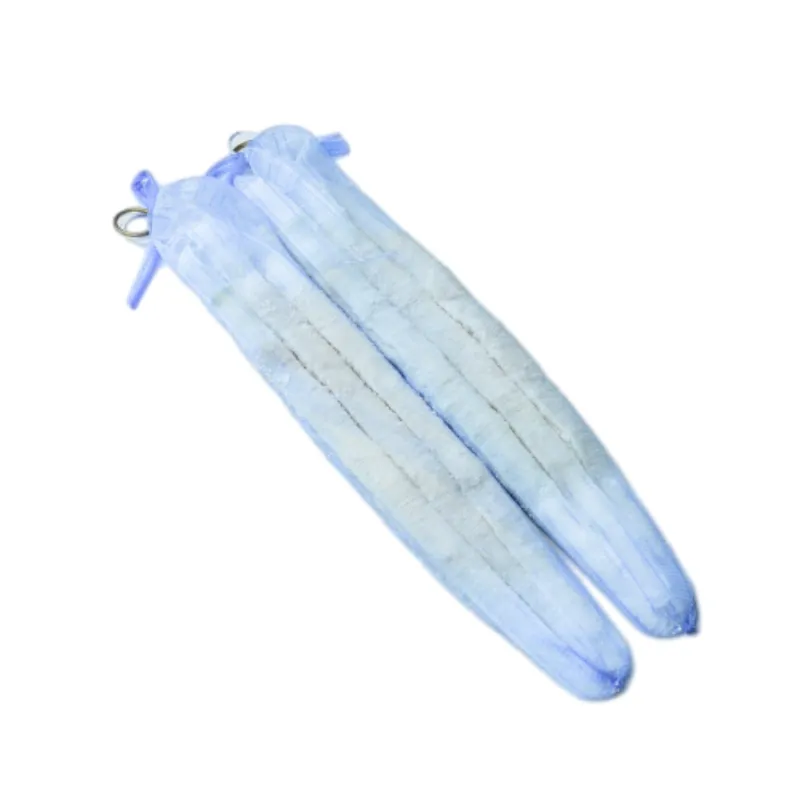
(small sausage casing)
Understanding Small Sausage Casing: Forms and Functions
Small sausage casing has shaped the craft of sausage making for centuries, growing more significant as modern food trends emphasize portion control, quality ingredients, and food safety. Typically, small sausage casings refer to tubes made from natural or synthetic materials designed specifically for producing sausages of slender diameter, commonly ranging between 13mm and 24mm. This size versatility matches various premium sausage products, such as breakfast links, cocktail sausages, and the increasingly popular snack-sized summer sausages.
The rise of snack-style and bite-sized sausages has fueled increasing demand for both small sausage casing and its specialized variant, small summer sausage casing. Their widespread use in artisanal, deli, and mass-market production highlights how choice of casing type directly affects texture, flavor retention, and overall eating experience. Today, consumers and producers alike demand consistent diameter, easy stuffing performance, and long shelf life, all of which start at the casing. In responding to these needs, manufacturers and butchers need to evaluate material options, regulatory compliance, and cost efficiency with precision.
Material Innovations and Technical Advantages
Production of small sausage casings has advanced well beyond traditional animal intestines. Today’s market is divided between three key types: natural casings (primarily pork, sheep, or beef intestines), collagen casings (derived from animal hides), and cellulose casings (plant-based, suitable for vegetarian options or peelable sausages).
Technical Advantages:
- Natural Casings: Highly elastic, excellent flavor permeability, and classic 'snap' on bite. However, they require hand sorting and carry supply variability.
- Collagen Casings: Uniform in diameter, easier to automate, and available in both edible and non-edible forms. Consistent batch-to-batch quality allows smoother production runs.
- Cellulose Casings: Non-edible, largely used for skinless sausages; notable for precise portioning and peelability while being cost-effective.
Market Data and Demand Trends in Small Sausage Casings
Market intelligence suggests a multi-billion dollar global sausage industry, where the segment for small casings is notable for its rapid growth. According to Food Market Analytics 2023, the overall casing market was valued at $5.8 billion USD in 2022, and the niche for small diameter casings accounted for roughly 22% of this figure.
In North America and Europe, consumer demand for snack-size meats and portion-controlled protein bites has led to a 7.4% annual increase in small sausage production over five years. The Asia-Pacific market is emerging as a high-growth region, with 11% CAGR projected for small sausage casings through 2030.
Technological shifts have also spurred the use of collagen and cellulose casings, now representing more than 54% of all small casing sales globally. Food safety regulations, allergen controls, and the drive for plant-based protein analogs have intensified product development, fueling further casing innovation. Labeling transparency and traceability are now purchasing drivers for both commercial meat producers and private labeling partners.
Manufacturer Performance: A Data-driven Comparison
To help professionals select the right supplier, it's vital to assess manufacturers on quality, technical support, value, and certification. Below is a comparative table of four major suppliers in the industry:
| Supplier | Primary Material | ISO/FSSC Certification | Standard Sizes Offered | Shelf Life (mo) | Custom Orders Minimum | Avg. Lead Time (weeks) | Market Share (est.) |
|---|---|---|---|---|---|---|---|
| Devro PLC | Collagen | Yes | 13-32mm | 18 | 500,000m | 5-7 | 16% |
| Viscofan Group | Cellulose/Collagen | Yes | 12-34mm | 24 | 250,000m | 4-6 | 13% |
| Nippi Inc. | Natural | Yes | 14-26mm | 12 | 120,000m | 7-9 | 7% |
| Saratoga Specialties | Natural/Collagen | No | 13-28mm | 10 | 50,000m | 10-12 | 4% |
As illustrated, certified producers such as Devro PLC and Viscofan offer wider ranges, longer shelf life, and efficient order fulfillment compared to smaller regional sources. Technical support, batch consistency, and the ability to handle segregated allergen-free production lines are also differentiators critical to large-scale manufacturers as well as specialty butchers.
Customized Solutions for Specialized Requirements
One of the fastest-evolving segments in the small sausage market is customization. Whether needed for new product development, allergen-aware recipes, or branding, manufacturers can tailor small sausage casings for exact stuffing diameter, permeability, and strength.
- Private Labeling: Casings with unique coloration, printed lot codes, or proprietary diameter profiles aid brand visibility and operational traceability.
- Functional Additives: Options such as smoke permeability, antimicrobial coatings, and reinforced seams offer technical edge for shelf stability and food safety.
- Bulk Format/Pre-tubed Solutions: Large scale packers benefit from pre-tubed casing chains, reducing labor by as much as 20% and minimizing handling-based damage.
- Clean Label Casings: Support “free-from” claims for allergens, gluten, or synthetic chemicals, in line with consumer demand in North America and EU.
Application Scenarios: Case Studies of Small Sausage Casings in Action
The application range for small sausage casing encompasses premium, conventional, and innovative plant-based sausages. Three sector examples further illustrate this diversity:
- Artisanal Charcuterie Brands: A popular craft producer in Wisconsin adopted custom sheep casings for a bite-sized summer sausage. By switching to diameter-matched natural casings, shrinkage on the line was reduced by 25%, improving profit margins and consumer satisfaction ratings.
- Industrial Snacking Production: A leading Asian processor transitioned from bulk collagen to pre-tied collagen casings for their breakfast links. Automation improved line speed by 18% compared to manual casing loading, enabling them to fulfill an additional 9 million units per year.
- Vegan Product Launches: An EU-based food tech startup employed cellulose casings for its plant-based skinless sausage range. Smoke permeable, allergen-free options helped them secure “clean label” certification for the supermarket launch in less than four months.
Key Considerations When Selecting Small Sausage Casings
Choosing the ideal small sausage casing for a specific product line requires a holistic view encompassing technical, commercial, and regulatory needs. With rising emphasis on efficiency, shelf life, clean labeling, and consumer eating experience, decision-makers must weigh:
- Consistency of diameter and wall thickness for predictable portioning and machinery compatibility
- Sensory attributes, including bite and flavor migration
- Production agility (availability of pre-tubed formats and lead times)
- Cost effectiveness and expected yield per meter
- Certifications relevant to allergen, religious, or market-specific requirements
- Supplier’s logistic support and post-sales technical service
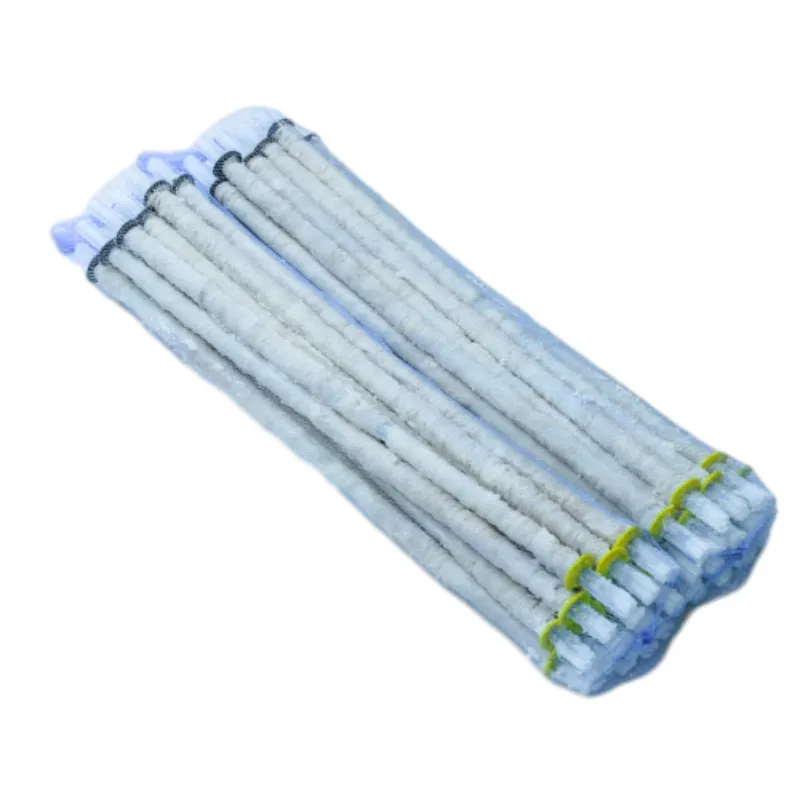
(small sausage casing)


